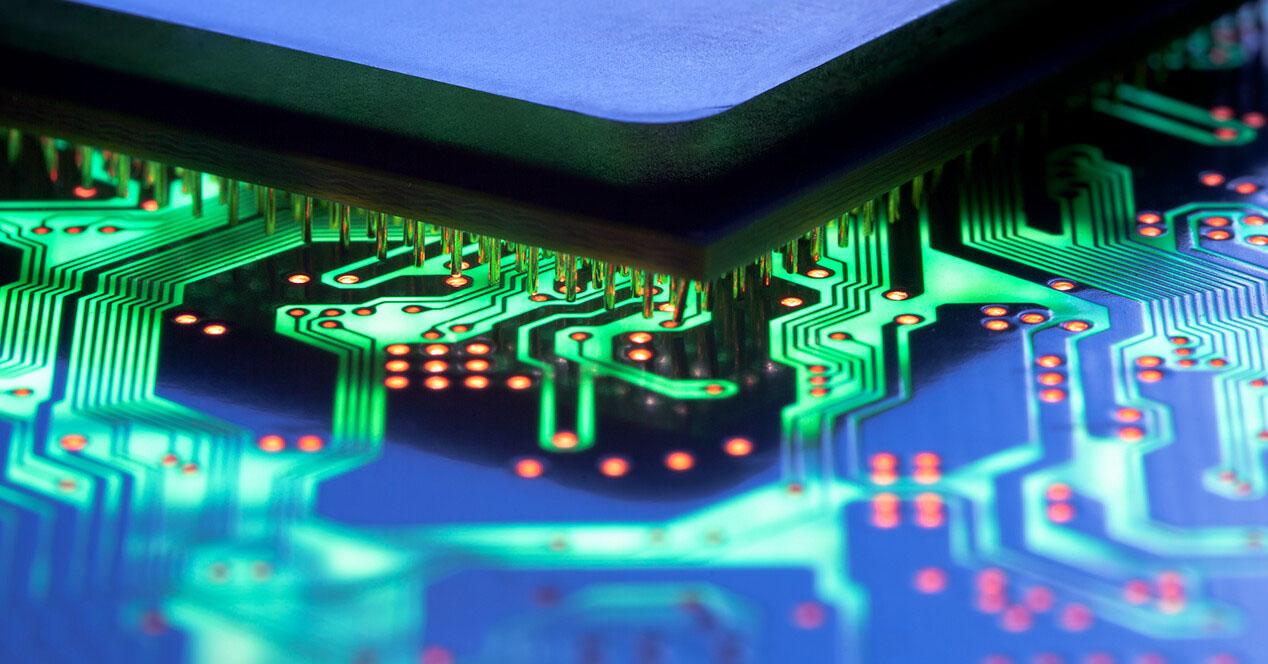PAM-8 is actively being talked about as a purported successor, but the reality is that the industry is ruling it out because it is not as complete as they would like for some buses. The trend seems to be to double the bandwidth with a 30 to 50% more powerDue to the use of more energy, profitability is not adequate.
Parallel connections to serial connections?
You have to consider the direction the market is going. 10GBASE-T connections use PAM-16 with four lanes to transmit 800 million symbols per second, but this avoids huge speeds like those seen at 200 GHz.
Here the problem lies in the signal loss in dB and the energy efficiency. Coming out of a chip to send data over a bus has a serious impact on energy efficiency, so manufacturers try to avoid that.
Therefore, there are two open fronts: which standard to use for buses outside the package and which to use for buses that are inside the package. As they say, we can use PAM-8 for synchronization, but consumption increases and speed decreases, or speeds such as those mentioned in 200 GHz, but at the cost of crazy consumption.
As we can see, the problem is the efficiency to get the signal to arrive as cleanly as possible, so that possible hybrids between series and parallel in these connections are being investigated.
Cannot use QAM as wireless networks
The inability to clean the signal with PAM-8 and PAM-16 leads researchers to look at another standard such as QAM, used in high-speed wireless networks. The theory is simple, we take multiple bit streams as if they were channels and apply the PAM to each, after which each stream changes phase and mixes on the transmission cable.
This would logically be a stopgap measure and would eventually become obsolete when the electrical options on boards and processors reach their limit. Researchers seem to have the solution: optical signals.
These signals would allow better modulation control, being possible to use NRZ or even PAM-4, but there remains a fundamental problem: the price. It is true that when the cost was normalized, it would drop a lot, but until then the price is exorbitant. This is why serial connections like the ones Intel uses in its technology EMIB
But there are some manufacturers in the industry who do not think so and hint that speed will always be the determining factor to get more performance, to the point that one could see up to 10 GHz in a few years. , since the oscillators are getting better and better. . The question here is whether these standards to be developed will use PAM or QAM, because for example DDR6 cannot use NRZ, so you will have to adapt to one of these two.
Therefore and in summary, the future looks to serial technology and its connections will dominate the market, as less cables are needed in chips and PCBs. While yes it would have higher latency so one would have to see where that really affects the system and most importantly the costs as serial connections require more sophisticated and expensive circuitry.











